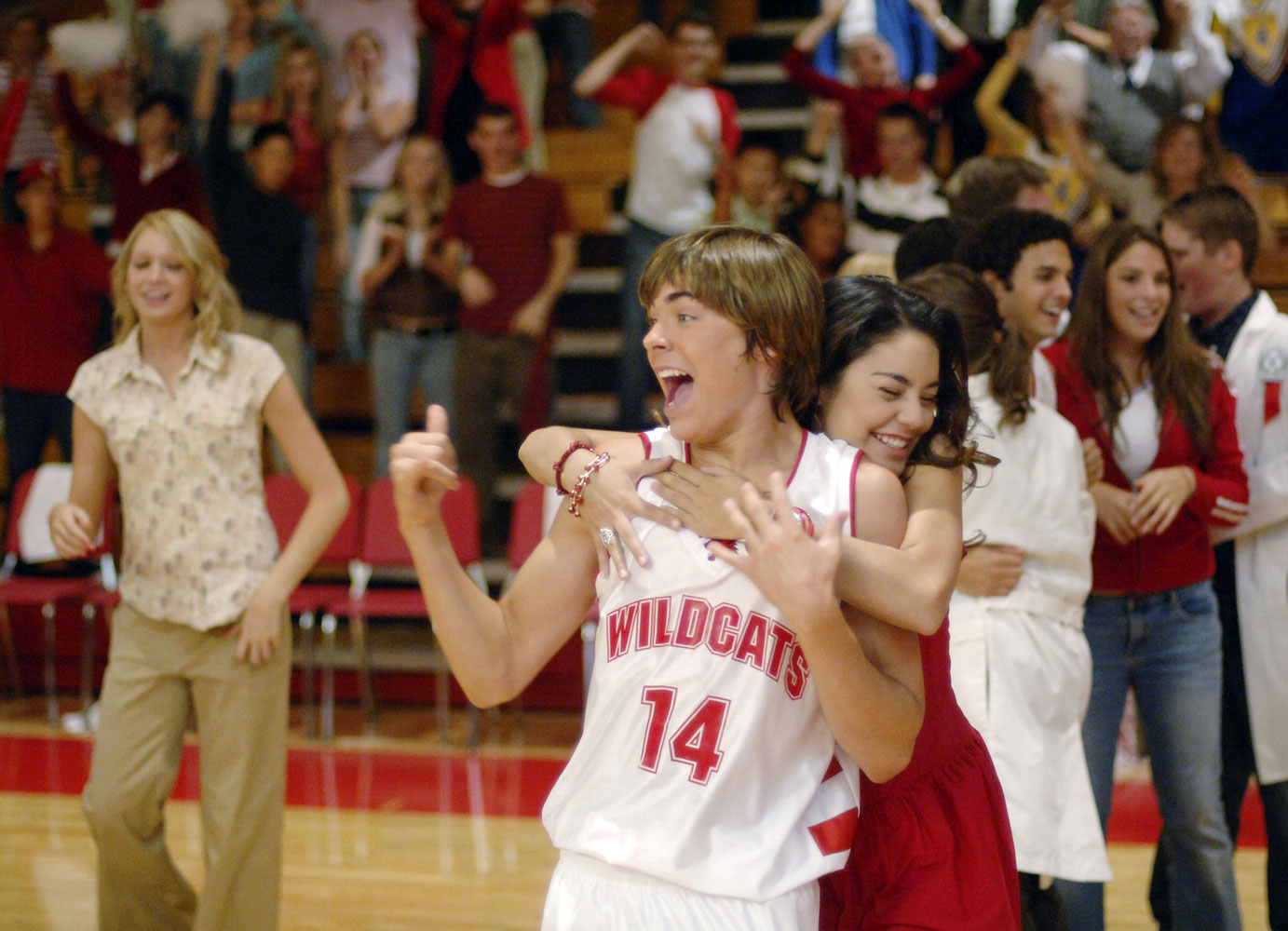Table of Contents Show
In the past decade, High School Musical (2006) has established itself as a household name, spanning three movies (2006, High School Musical; 2007, High School Musical 2; 2008, High School Musical 3: Senior Year, which was released in theaters), an entire fandom, and countless albums and concerts. In accordance with Nielsen ratings, “Upon its release on January 20, 2006, as part of Disney Channel’s Gotta Sing Gotta Dance Week block, it became the most commercially successful Disney Channel Original Movie (DCOM) ever produced” (( “High School Musical.” Wikipedia, August 9, 2021. )). The third installment, HSM 3: Senior Year, was noted as being “a critical success with critics — noting it as an improvement over the previous two installments due to the more emotional tone and themes, as well as the higher production values” (( “High School Musical.” Wikipedia, August 9, 2021. )).
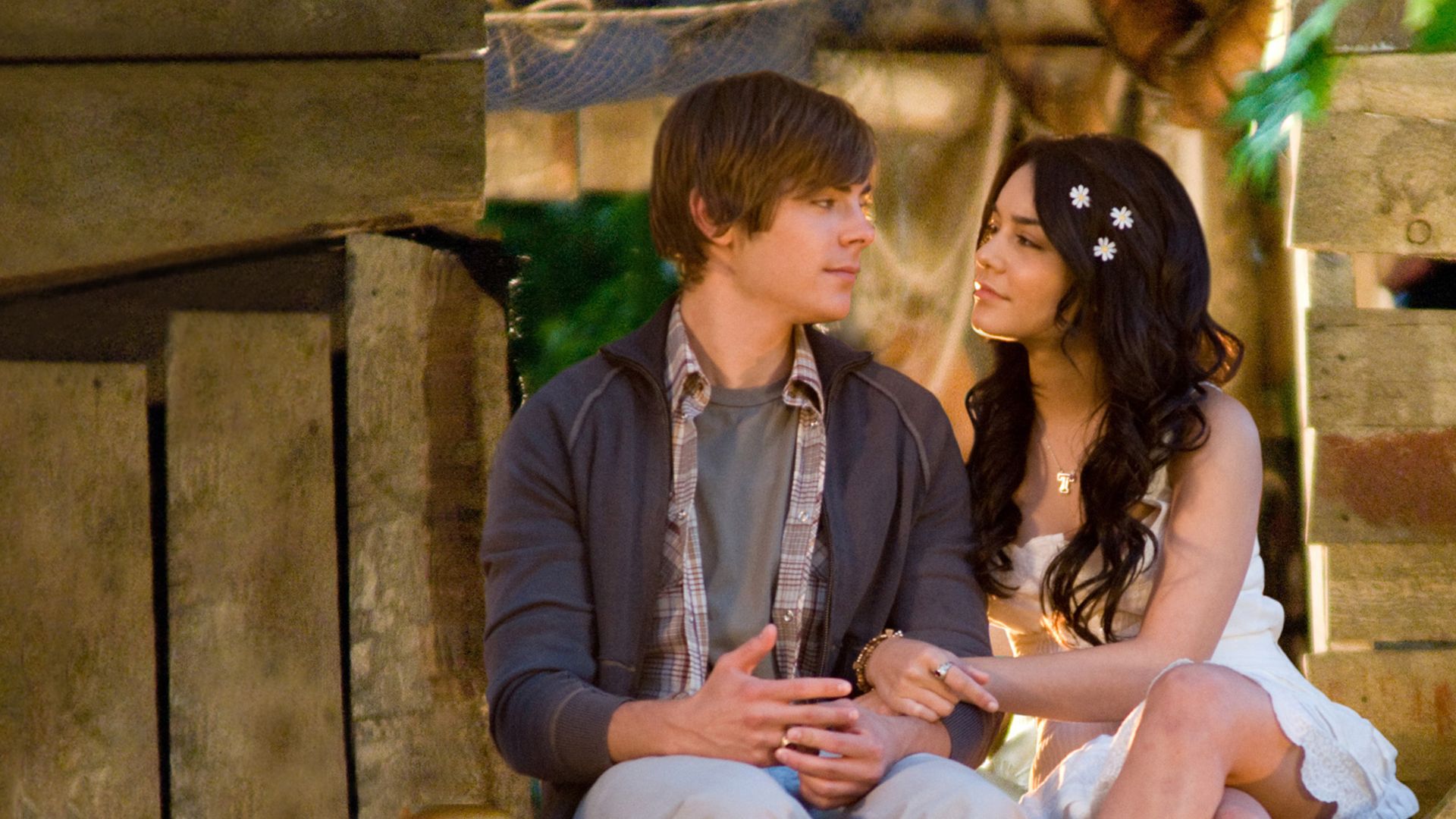
Our teen hearts were stolen by Troy Bolton and Gabriella Montez from the very beginning, and it has been an eternal love story ever since. While it was successful in winning the hearts of tweens, it also launched the careers of many young actors and actresses, including Zac Efron, Vanessa Hudgens, Ashley Tisdale, and Corbin Bleu. High School Musical (2006), which was directed and choreographed by Kenny Ortega and was produced on a four-point-two million dollar budget, has cemented its position in the zeitgeist for the young (even the older) generations. As far as Shakespeare adaptations are concerned, it remains the most accurate, accidental adaptation ever made.
A Comedy Of Errors: High School Musical (2006-2008)
High School Musical has been hailed as one of the greatest teenage musicals to date, especially in reference to the first (( Disney Channel has produced a few others, such as Lemonade Mouth (2011) and Teen Beach (2013), which have amassed success. )). In fact, there is even a show based on the film franchise, in which they make a musical about the musical within the musical. In either case, there is a meta-show about it that emphasizes its appeal to both millennials and zoomers (( High School Musical: The Musical: The Series. Disney +. 2019-. )). (( “Watch High School Musical: The Musical: The Series.” “Mocumentary Series.” Disney +. )). By embracing a hyperpostmodern aesthetic, High School Musical: The Musical: The Series adds a great deal of variety to the franchise; in this respect, it is frequently compared to a theatrical production, which is regarded as the most meta-type of communication.
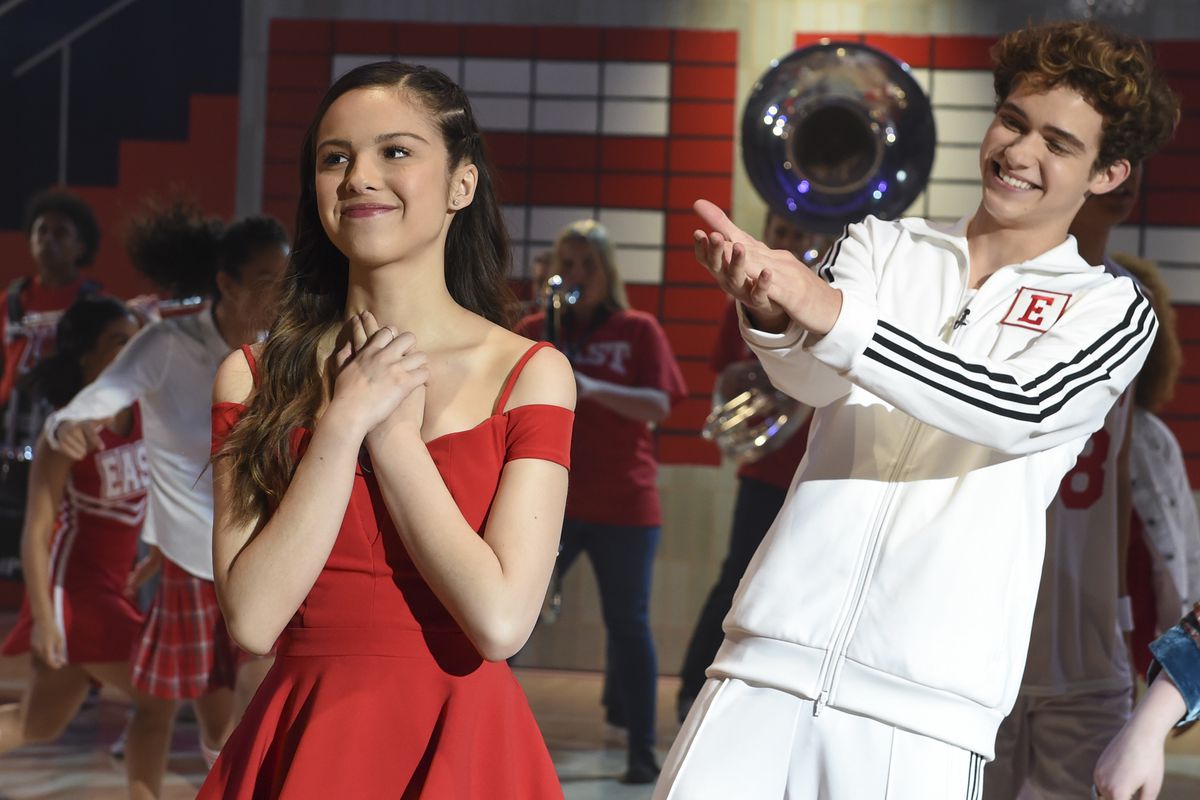
Film storytelling generally resembles stage play mise-en-scène, which may explain why High School Musical — especially the first in 2006 — might be influenced by Shakespeare and ‘theatres’ of the past. The use of stage direction in stage plays differs from all other forms of stage performance, and this is why it is so heavily imitated by cinema. As part of HSM, an elaborate set creates the illusion that events are occurring in the order indicated (for example, in a comedy of errors). To use another metaphor, there is the illusion of a play within a play. The very concept of High School Musical implies that the world is a stage; Prospero can serve as an exemplar of this concept as well (( Shakespeare Birthplace Trust. “The Tempest.” Shakespeare Birthplace Trust. Accessed August 14, 2021. )).
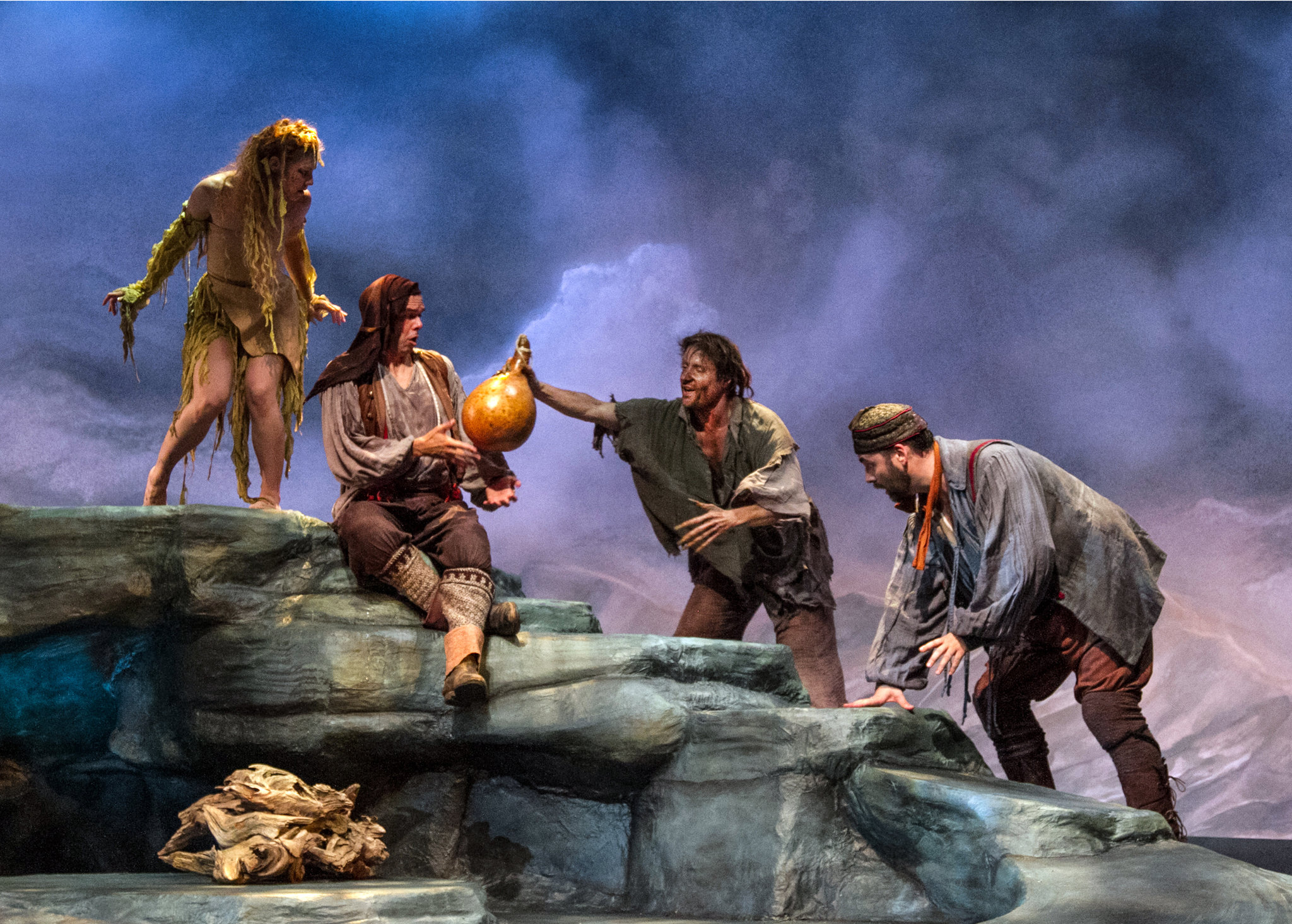
High School Musical could be described as a movie that has been compressed into a play since “The Musical” (as Darbus describes/says it) is the guiding principle of the entire film. “The Musical” is an integral part of High School Musical, and without it, the film would not exist. Therefore, the story began as the play “High School Musical” and was then expanded into a film, explaining why HSM:TM:TS focuses its narrative on a metaversion of the film and play. The success of the mockumentary series can also be attributed to this factor.
Even though High School Musical does not intend to be humorous outright, it contains a number of thematic elements that are humorous in nature. Sharpay Evans serves as a comedic counterpoint because we know that she cannot obtain the guy (Troy Bolton), and when she compliments him, she generally refers to him as dimwitted. Therefore, there is a comedy of errors present. The story is presented in three acts and narrates a series of events that adversely affect the two protagonists’ lives to the point where it threatens their relationship and friendships. Consequently, in order to succeed, they must dig deep into their own identities. It all sounds very Shakespearean, does it not?
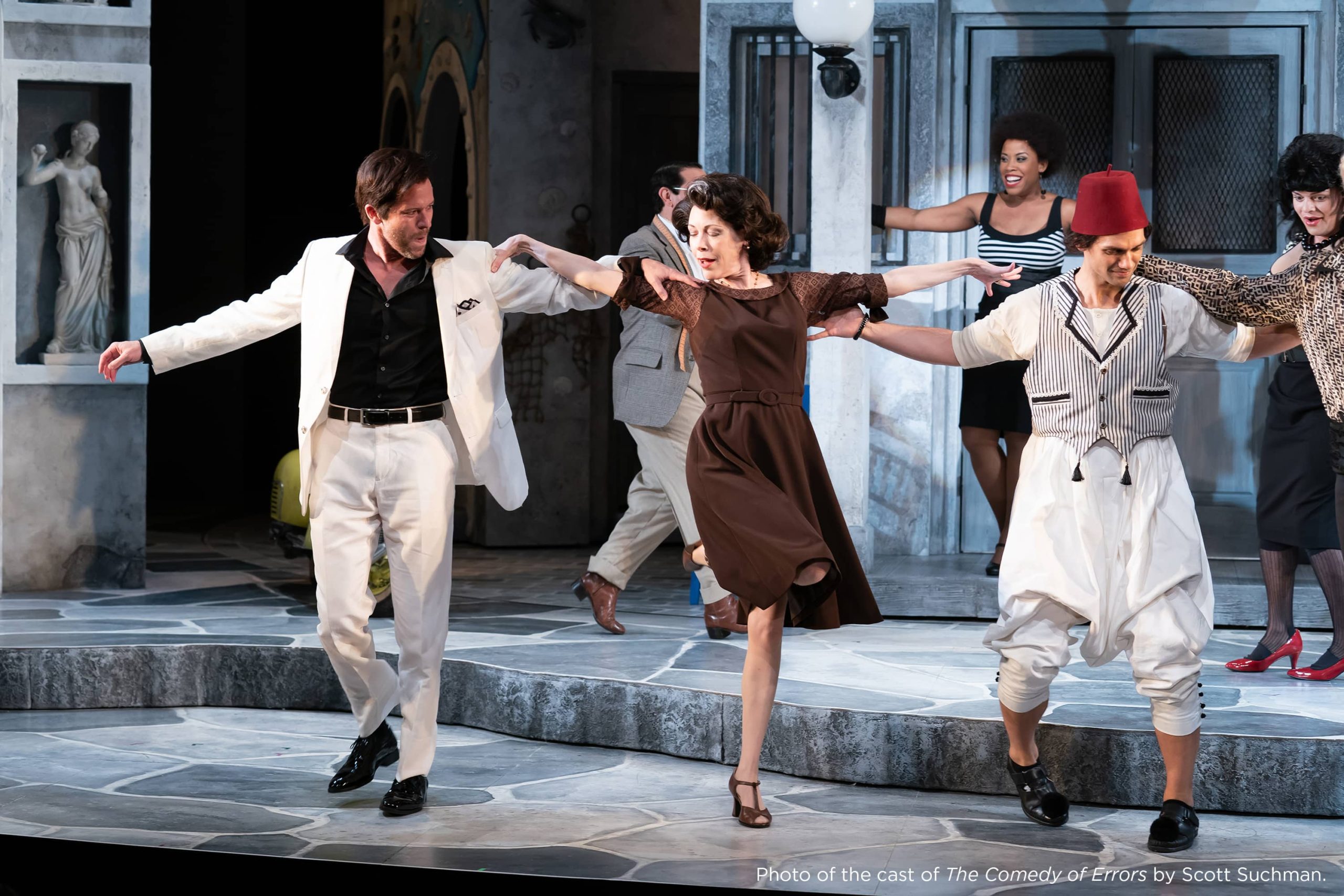
While the basic plot of High School Musical presents some Shakespearean characteristics, the mise-en-scène and characters make the production theatrical: “a Shakesperean Muuuusical.” Shakespeare’s dialect prevails in High School Musical, which contributes to its appeal to the zeitgeist.
The Basic Concept Of High School Musical (2006; 2007; 2008)
High School Musical — or HSM — may be unfamiliar to those born after 2006. Even so, it might still be considered as a part of your zeitgeist since it has spanned most of the early to late 2000s. High School Musical (2006, 2007, and 2008) focuses on a love story set in East High between Troy Bolton and Gabriella Montez. The plot incorporates all of the best teenage clichés such as first love, possessive antagonists, and singing — a lot of singing. Of course, it may not always involve singing, but the first love and the antagonist are perpetually present. As the tale goes, Troy Bolton (Zac Efron) thinks he will never see Gabriella Montez (Vanessa Hudgens) again after falling for her during a holiday karaoke party for teens at the Mountain Ski Resort.
As a new student to the school, Gabriella is seated in Troy’s homeroom, unbeknownst to him. As the plot unfolds, they decide to try out for the musical together; Sharpay Evans (Ashley Tisdale), who customarily auditions with her brother Ryan Evans (Lucas Grabeel), is outraged by this. Sharpay and Ryan conspire closely together in order to eliminate Troy and Gabriella, but Ryan feels uneasy about the idea. As soon as Ryan realizes that Troy and Gabriella are harmless, he gives up the fight — Sharpay does not. As Gabriella and Troy struggle to make it to the auditions, they begin to question who they are and who they wish to be: Troy is passionate about basketball, Gabriella has a passion for the academic decathlon. As well as this, they wish to know how they feel for one another. Troy and Gabriella must decide together what matters, what is at stake, and remind themselves that singing forms the core of it all.

Generally, all of the films in the franchise adhere to this guideline, with varied stakes. Troy gets a job in the second movie (with Sharpay), High School Musical 2 (2007), and his relationship with Gabriella begins to suffer as a result. There is also a love triangle between Ryan, Gabriella, and Troy (kind of Chad, too). In the third film, High School Musical: Senior Year (2008), Gabriella is faced with a decisive college offer resulting in the pair considering a long-distance relationship. Shakespeare’s romantic comedies are all characterized by these premises; from Much Ado About Nothing (( Shakespeare, William. 1598-1599 )) to Twelfth Night (( Shakespeare, William. 1601-1602 )), there is no exception to the rule of Shakespeare. Basically, our Shakesperean beloved ditzy characters fall in love and have to go through a lot of effort to make it work, somewhat similar to High School Musical. In essence, it is basically High School Musical.
ACT I. A Shakesperean Meet-Cute: Troy Bolton & Gabriella Montez At The “Mountain Ski Resort”
It was predestination that brought Troy and Gabriella together. The pair are introduced in the opening film before the audience is introduced to anyone from East High School — such as Romeo and Juliet (( Shakespeare, William. 1597. )). As is the traditional Shakespearean structure, the two are assigned karaoke partners while attending a teen gathering (( COMMENTARY: think of a safe NYE party for the children at a Ski Lodge, it is that. )). Considering Gabriella is from New Mexico, it is unlikely that the two of them will ever be able to meet in the near future, setting up a narrative of ‘will-they-won’t-they.’ There is little chance that the two will be together when the film begins.
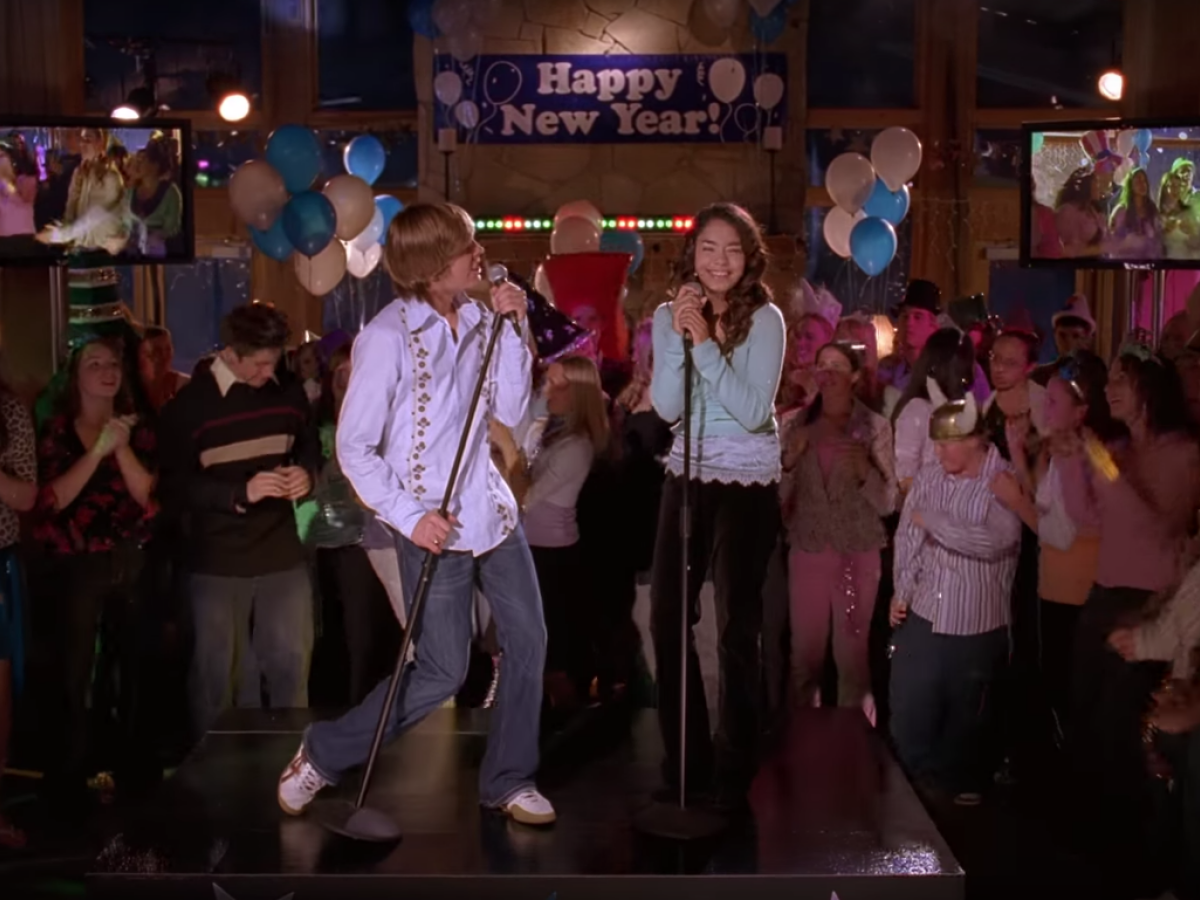
They differ considerably in terms of their personalities as well. Unlike Troy, a popular basketball superstar who sticks to his goals, Gabriella is a scholar who takes the time to do her school work and appears more timid and vulnerable. Troy may also be vulnerable, but he demonstrates a greater comfort level in being the center of attention than does Gabriella. In a coincidental encounter, two teenage protagonists vacationing at the Mountain Ski Lodge are introduced (further exacerbating their love story). The plots of Shakespeare’s romantic comedy plays often revolve around “chance meetings:” two characters meet, fall in love, and effectuate they are soulmates.
ACT I. SCENE I. Gabriella & Troy Meet Juliet & Romeo
That could be why as soon as the film opens, the Mountain Ski Lodge unambiguously presents the two protagonists as naive, observant teenagers. The establishing shot (placed in an extreme wide shot to create a Hitchcockian atmosphere) that begins High School Musical (2006) exposes the Mountain Ski Lodge in a disposition of dreamy winter. It is quite lovely for 2006. The left-tracking shot of Gabriella reveals her reading on a couch as the title card and opening credits are advertised. The area appears to be populated, but at best, it appears to be a chill/relaxed area at the resort. In its intended purpose, the camera sets itself up in a manner that conveys to the viewer that Gabriella is a book lover; hence, she has been established as our heroine in a manner similar to Juliet Capulet from the Shakespearean play Romeo and Juliet (1597).
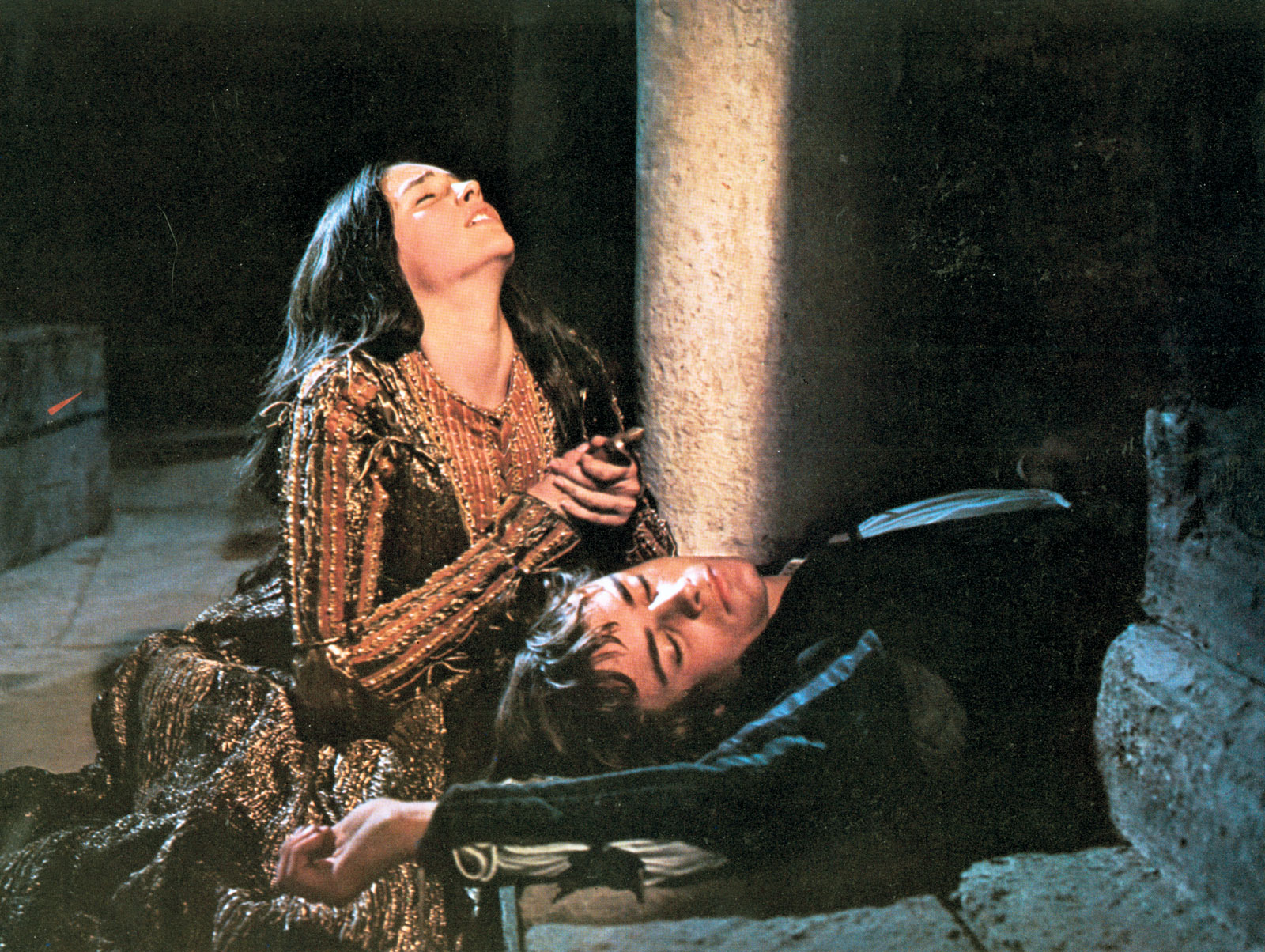
As a feminine character, Gabriella is reserved, sensitive, somewhat reclusive, but largely independent. In light of the similarities, Juliet Capulet and Romeo Montague’s introduction in Romeo and Juliet should also be acknowledged. When the two love-struck teenagers, Romeo and Juliet, meet for the first time, they are engulfed in a trance. Their adoration for one another knows no bounds, and they find it difficult to keep it to themselves. As Romeo narrates, “Her beauty hangs upon the cheek of night / Like a rich jewel in an Eithiop’s ear; / Beauty too rich for use, for earth to dear!” (( Shakespeare, William. Romeo and Juliet, ed. Fall River Press (New York: NY, 2012). I. v. 22-66; 252. References are to act, scene, line, and page. )). When Romeo first meets Juliet, he is in an insensibility; the beauty of what exists is unlike any other, and while Troy does not express this unmitigated, it is seen in his tender look at Gabriella’s face when they harmonize, “Start Of Something New.” The beginnings are self-conscious, but once the incision is found, there is no stopping them. Romeo continues to express his admiration by declaring: “My lips, two blushing pilgrims, ready stand / To smooth that rough touch with a tender kiss” (( Shakespeare, William. Romeo and Juliet, ed. Fall River Press (New York: NY, 2012). I. v. 67-110; 252. References are to act, scene, line, and page. )). Troy does not state this outright, but his look seems to proclaim poetry much like Romeo. When he looks at Gabriella, you just know. A story of two utterly idiosyncratic individuals who fall in love. There is nothing more Shakespearean than that.
ACT I. SCENE II. Shakesperean Love In High School Musical
The High School Musical ‘chance meeting’ or ‘meet-cute’ occurs when Troy and Gabriella are obligated to chaperone the ‘teen party.’ Romeo, like Troy, is persuaded by Mercutio to attend the party of the Capulet family as a guest of honor. In order to avoid interrupting their parents’ time together, Troy and Gabriella are persuaded to attend this mundane teen party. Identical beginnings for our two protagonists. Troy enters the party shortly after Gabriella, who enters with her book in hand, of course. This chance meeting becomes even more surreal as the timing is just right. It is almost as if the camera suggests that we root for them since everything is working out seamlessly. (As with Romeo and Juliet, and we know how that ends.) As the night continues and the next two are chosen for karaoke, the light shines on Troy and Gabriella in a close-up tracking shot. Troy and Gabriella’s reactions are mirrored instantly as the two shots are juxtaposed one after another. This further enhances the appeal of rooting for them. The extreme wide shot of the pair in the foreground alongside the entire party in the background decorates the scene.
‘Happy New Year’ is displayed on a blue and white banner as the ‘cupid’ character (also Shakesperean) laughs and says, “You know? Someday you guys might thank me for this — or not” (( 0:02:32. Ortega, Kenny. High School Musical. Disney Channel Original Movie. 2006. )). As “Start Of Something New” begins in the foreground, the obvious clumsiness of Troy and Gabriella is displayed in a vulnerable manner. Even in the first encounter between Romeo and Juliet, Romeo mourns in suffering as he finds out Juliet is a Capulet but accepts it nevertheless: “Is she a Capulet? / O dear account! My life is my foe’s debt” (( Shakespeare, William. Romeo and Juliet, ed. Fall River Press (New York: NY, 2012). I. v. 111-146; 253. References are to act, scene, line, and page. )). At the beginning of any Shakespearean romantic comedy, the protags are both appealing and unattainable. There must be something at stake.
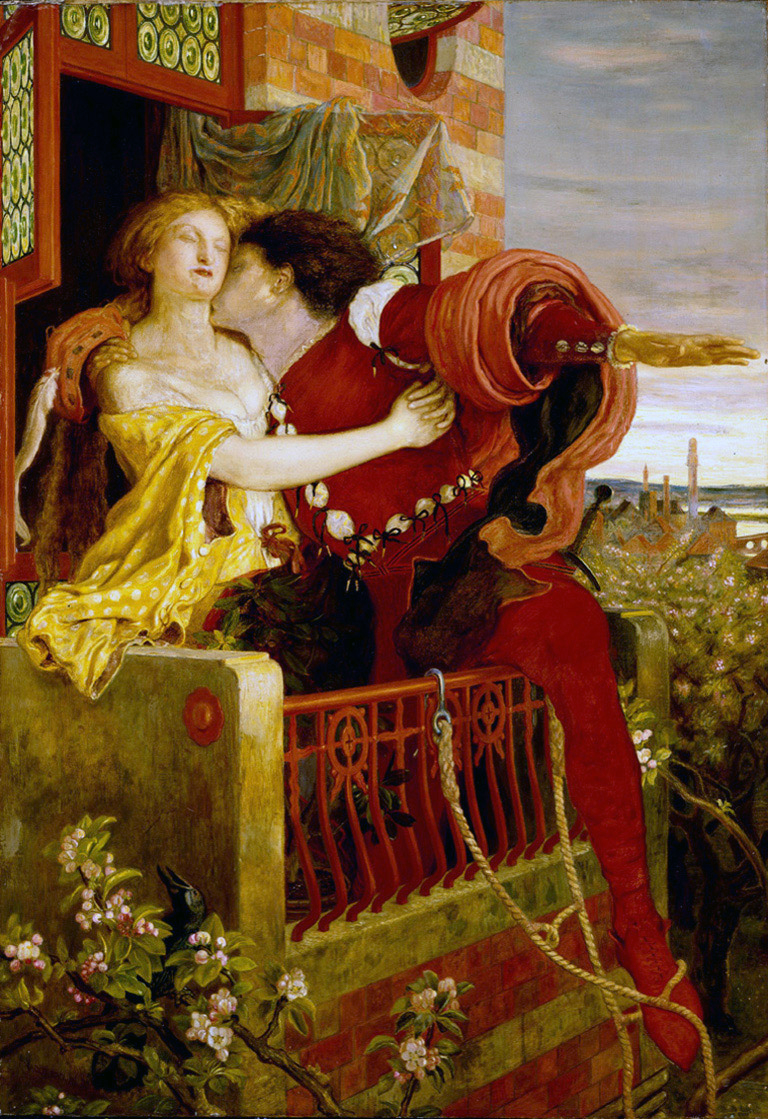
The moment Troy and Gabriella begin to sing, Gabriella sheds her closed-off nature, and they become comfortable in a wide shot juxtaposed with a close-up. The crowd, too, begins to participate. It is akin to Romeo and Juliet’s first kiss at the Capulet Masquerade Party. An idyllic moment in unattainable circumstances, as I would call it. As the song winds down, the couple glances at one another; it is precisely at this point that the story of their love begins. It is this love that will drive High School Musical forward. Their love is predestined (as Shakespeare puts it, “determined by the stars”). During their subsequent discussion preceding “Start Of Something New” before the countdown, they discuss with intimacy their anxieties about singing in that situation. They had no idea they were capable of doing it, but now that they have, it is challenging to forget.
As they interject and complete one another’s sentences, it is evident how in-tune they are as a team. Since this was their first time taking such a risk, they relate on a personal level. An illustration that Shakespeare provides in this context is when Beatrice makes a remark at the end of Much Ado About Nothing: “Indeed, my lord, he lent it me awhile; and I gave him use for it,–a double heart for his single one: marry, once before he won it of me with false dice; therefore your grace may well say I have lost it” (( Shakespeare, William. Much Ado About Nothing, ed. Fall River Press (New York: NY, 2012). II. I. 254-302; 527. References are to act, scene, line, and page. )). In spite of Beatrice’s admission that she does not love Benedick anymore, she admits that this event still attaches them as Troy and Gabriella did. Troy and Gabriella are united by this moment, despite not being united in the same way. With the close-up shots of Troy and Gabriella in their excitement accompanied by the wide shot highlighting their chic clothing, this shot screams first love outside the window with a boombox. This moment has forever mended Troy and Gabriella’s relationship, and after exchanging phone numbers, their “chance meeting” comes to an end. Troy, like Romeo, is smitten.
ACT II. Sharpay, Troy, And Gabriella: The Love Triangle That Never Stood A Chance
In High School Musical (2006), there is no concrete love triangle. Instead, it is a bizarre love triangle that makes no sense. In the first film, Troy, Sharpay, and Gabriella are in the middle of one. In the second, Ryan also plays a minor role (with Chad). Based solely on the first film, HSM (2006), Sharpay falls in love with Troy Bolton, which Troy knows perfectly well, but he does not reciprocate. As a result, either Sharpey is indifferent to or has chosen not to pay attention to this fact. So, despite its seemingly capricious nature, the love triangle is spread across two films. To anyone who has seen the film series knows that Sharpay and Troy did not stand a chance. It is absurd; it lacks any sense. There are a number of reasons why the love triangle is so arbitrary.
First, Sharpay does not work with Troy because she considers him incompetent, not because she dislikes him or thinks he is unattractive or anything else. Sharpay thinks Troy is lesser than; it would never work. It is impossible for Troy to be like Ryan: i.e., submissive. Second, as a result of his personality, she has less respect for Troy — a partner like Sharpay would not be a very gentle person, so to speak. In contrast, Gabriella is a gentle partner. Her traits include timidity, sweetness, patience, and kindness, so, in many ways, Troy finds her reminiscent of his mother. (( Much of the same can be said about Romeo and his adoration for Juliet; we all know the Sigmund Freud approach. )) + (( Encyclopedia Britannica. “Oedipus Complex.” Accessed August 14, 2021. )).
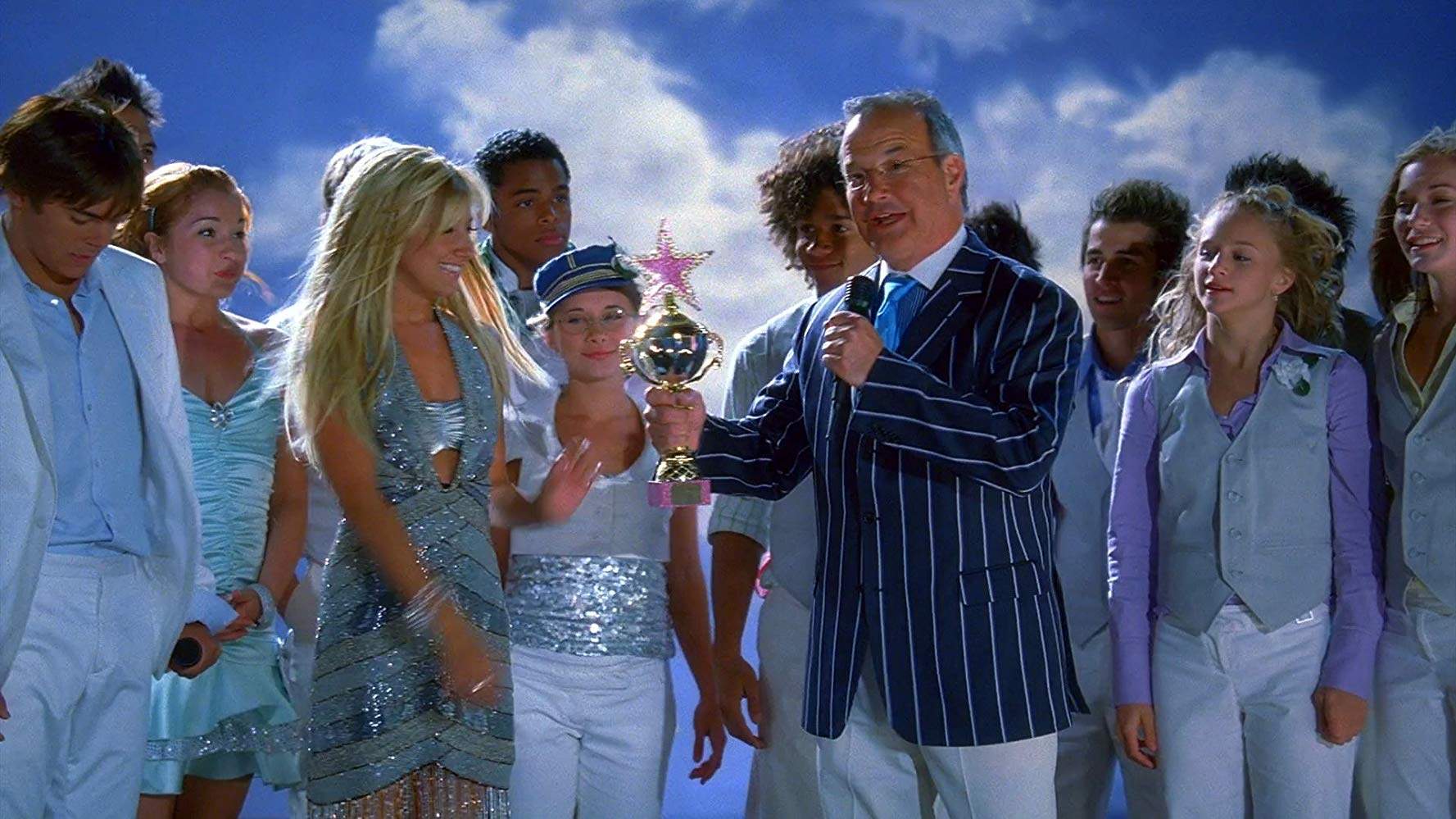
As with High School Musical (2006), Much Ado About Nothing (( Shakespeare, William. 1598-1599 )) creates the arbitrary love triangle trope for its main characters as well. Beatrice and Benedick are analogous to Troy and Gabriella, as are Hero and Claudio. Hero, a beautiful young cousin of Beatrice, is the daughter of Leonato. When she falls in love with Claudio, many seek to undermine their love relationship. Upon hearing rumors that Hero has been unfaithful, Claudio becomes convinced that these rumors are true. In the process, he takes revenge on Hero, only to realize that their accusations were false. Thus, a situation that could have been resolved in a matter of breaths became disheveled due to unforeseen circumstances and characters: “They know that do accuse me; I know none: / If I know more of any man alive / ‘Then that which maiden modesty doth warrant, / Let all my sins lack mercy!–O my father, / Prove you that any man with me conversed /At hours unmeet, or that I yesternight / Maintain’d the change of words with any creature, / Refuse me, hate me, torture me to death!” (( Shakespeare, William. Much Ado About Nothing, ed. Fall River Press (New York: NY, 2012). IV. I. 135-185; 540. References are to act, scene, line, and page. )).
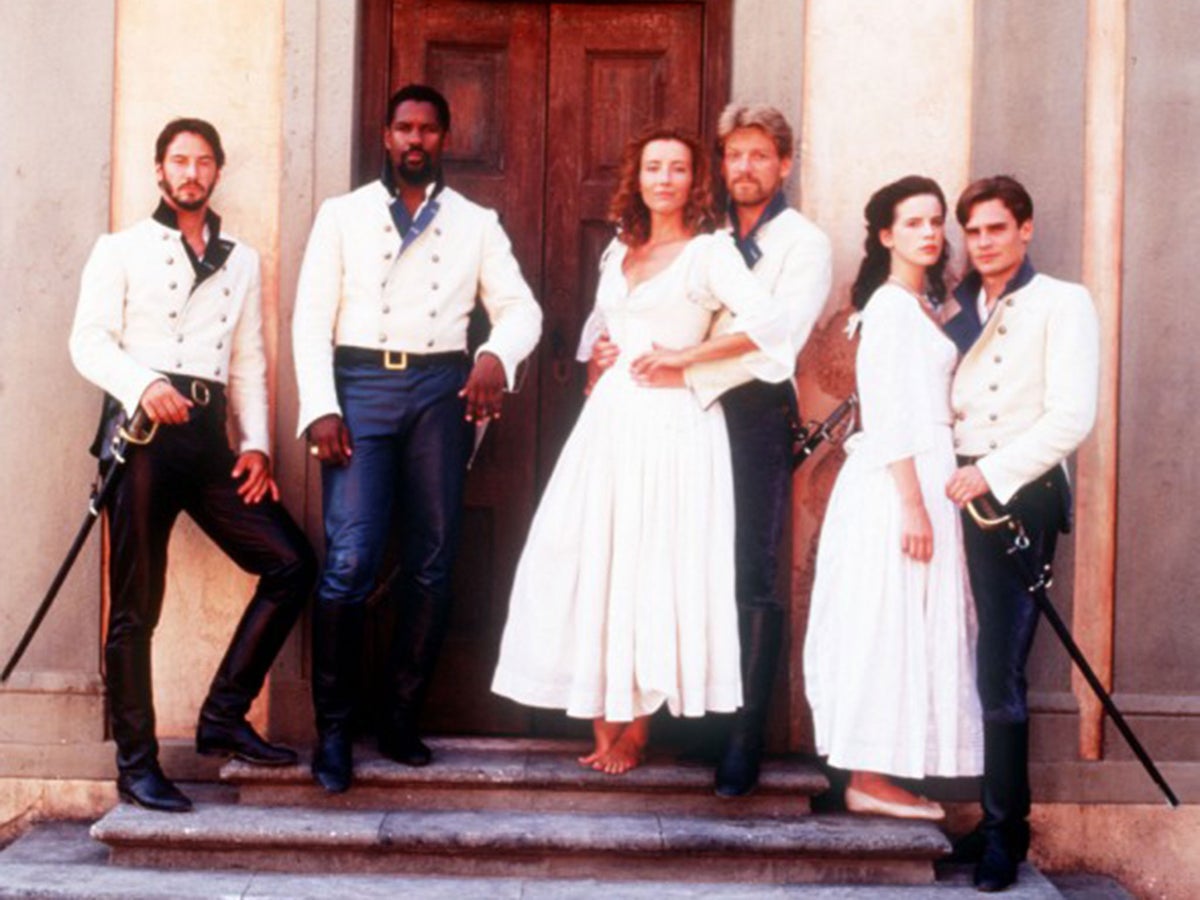
There is no doubt that the situation between Hero and Claudio is vital to the plot of Much Ado About Nothing (( Shakespeare, William. 1598-1599 )). Beatrice and Benedick would not have been able to marry without them; Beatrice and Benedick only thought about their relationship after Hero and Claudio’s relationship failed. Likewise, Troy and Gabriella would not be one without Sharpay. In a true romantic comedy of errors, there is always a possibility that there will be another love interest. As a result, Sharpay is essential to the plot’s progress. In Sharpay and Troy’s situation, as well as that of Gabriella by extension, a love triangle is sprung out of thin air between Hero and no one, such as Sharpay and really no one. Sharpay, who is in love with Troy, tries everything she can to destroy Gabriella and her feelings for Troy. However, it never turns out as intended. Sadly, the Hero/Sharpay of the story suffers greatly. Sharpay, in her revenge, pushes Troy and Gabriella closer. Claudio, and his revenge, push Hero further away. In the same vein, but not identical. In Shakespeares’ plays, he creates such chaotic love triangles that it is impossible to root for them. In spite of the fact that Sharpay did not intend to ‘get the guy,’ she is entitled to be angry. Troy and Gabriella entered the scene without any training and immediately stole her spotlight. In that, she is valid.
ACT III. “Stick To The Status Quo:” What Are Troy And Gabriella’s Core Values?
Troy’s conflicting desires to be masculine and feminine (since singing is seen as feminine and basketball masculine) as well as Gabriella’s desire to be a bookworm and a singer; the leads of High School Musical constantly question their identities. At the beginning of the first film (2006), Troy is battling the conflict between being a basketball player and a singer. He sneaks around with Gabriella to practice/perform in the musical, causing a great deal of consternation in the school. This may cause upheaval, but it also forces Troy to consider whether it is worthwhile to interfere with what is right.
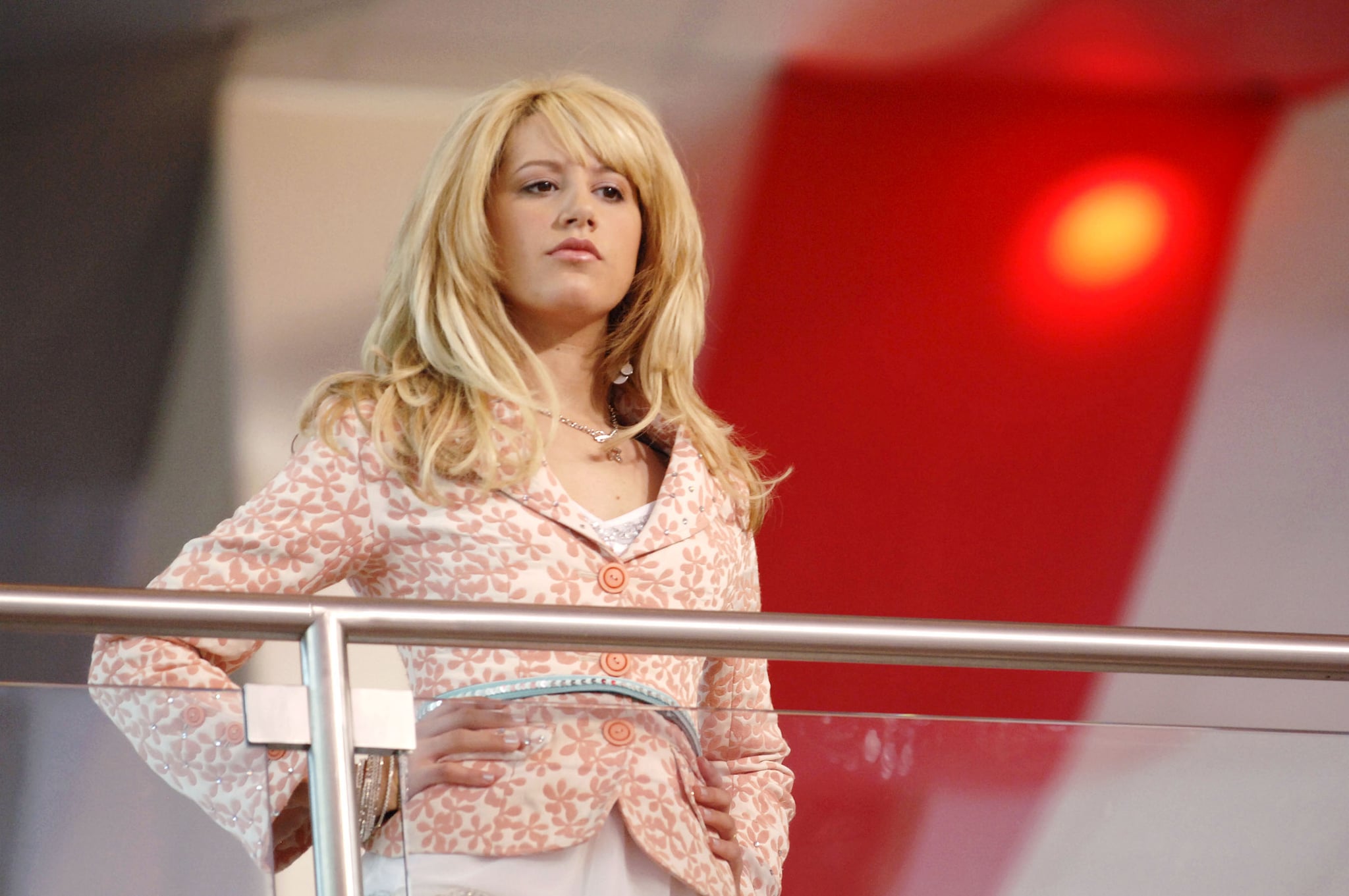
The entire message of the song “Stick To The Status Quo” is to make the students address what is going on outside of their “extracurriculars.” Yes, they may be intelligent in class, but when they get home, they might just do some hip-hop dancin’. The role is that it is possible to do both and be happy doing both. This causes everyone to fall into one of two camps: let everyone enjoy what they want or stick to the status quo. Troy, Gabriella, the entire main cast, and the students of East High are experiencing a pivotal moment, and Troy and Gabriella will be altered as a result of this. East High will also change for the better.
ACT III. SCENE I. Troy Bolton’s “Locker Room Transformation” Sequence
In a nutshell, Troy sings, Zeke bakes, and skateboarders play the cello. A skateboarder… playing the cello? Unheard of. Blasphemy. As Troy and Gabriella question their identities, the rest of the world is similarly introspective. In the course of Troy and Gabriella’s falling in love, their attitude begins to change, and everyone else begins to sense it too. Troy makes the mistake of claiming he does not care about Gabriella in front of his teammates, ‘the boys,’ in order to appear masculine. Although this is being said on behalf of his friends, this does not lessen its impact on Gabriella, who is unaware and actually has begun to like him. Not knowing she would get burned in the process. After “Stick To The Status Quo,” Gabriella feels slighted, understandably so.
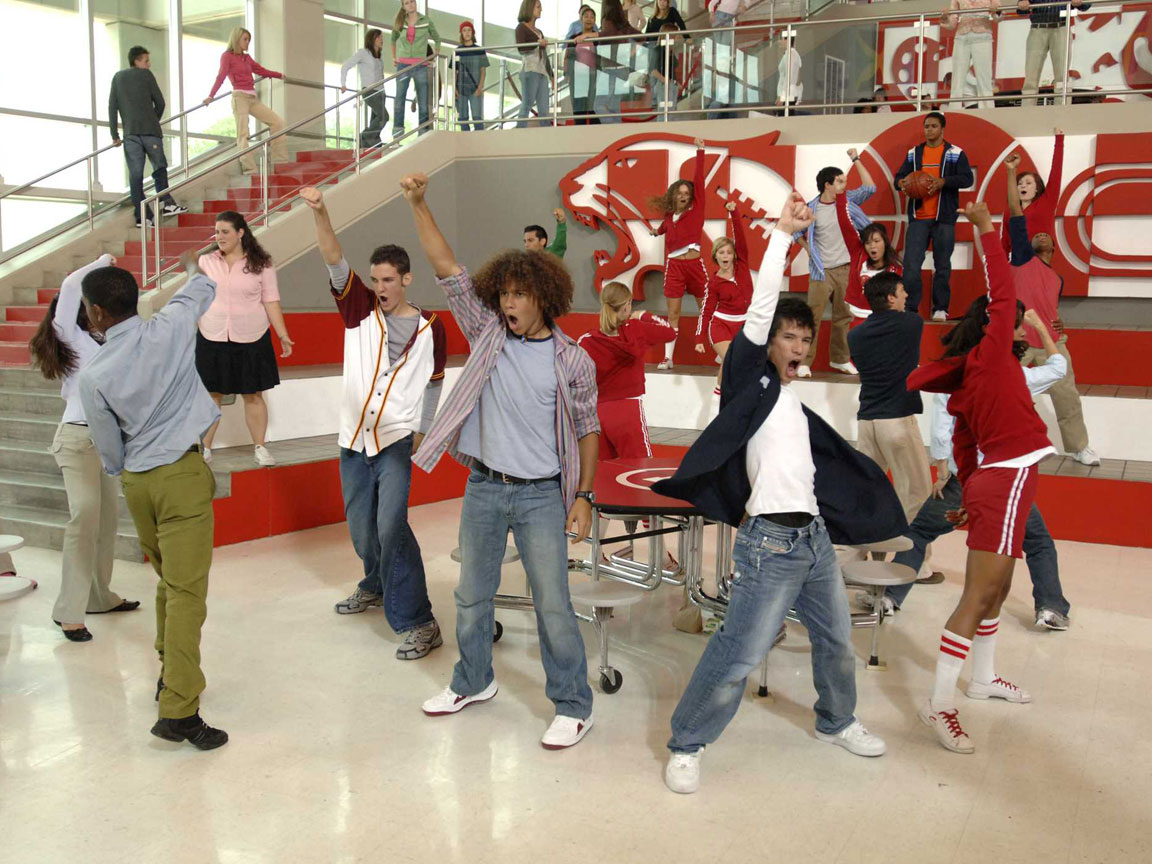
As deceitful as it is vulnerable, the onset tracking shot into the “Locker Room Sequence,” as Troy makes his appearance, is rather misleading; each of the team members can be seen when the wide shot presents itself as an over-the-shoulder shot. It is an intense exchange, which puts Troy on the spot. A wide shot of Troy illustrates his confusion and shock, as one would expect. This is the peak of identity transformation. Now that things have gotten to this point, Chad Danforth has become much like Don John (( Richter. “A Second Look at Don John, Shakespeare’s Most Passive Villain.” Inquiries Journal 2, no. 01. January 1, 2010. )) from Much Ado About Nothing: “Even she; Leonato’s Hero; your Hero; every man’s Hero” (( Shakespeare, William. Much Ado About Nothing, ed. Fall River Press (New York: NY, 2012). II. II. 65-107; 534. References are to act, scene, line, and page. )). If Troy (Claudio) is not focused, his happiness is meaningless. The antagonist lacking love is always jealous of that which he lacks. It is because of High School Musical that Troy also reexamines his relationship with Chad. This led him to ask if Chad was a trustworthy and reliable friend. It was after that incident that his identity crumbled, and he had to rebuild it.
ACT III. SCENE II. Gabriella’s Transformation, “When There Was Me And You” Sequence + “Start Of Something New” Reprise Sequence
In the third act, Gabriella transforms as well; she questions who she is and whether she should be spending so much effort on being with Troy; she misses out on herself by loving Troy and not participating in the academic decathlon. Singing has also taken up a considerable amount of their time, which has been quite exhausting. Gabriella’s ballad, “When There Was Me and You,” indicates that she has chosen, or at least determined, that her study schedule must be prioritized. Basically, “our relationship was fruitful during that time, but it has since ended.” The reprise of “Start Of Something New” is sung like Romeo outside of Juliet’s window with his infamous monologue: “But, soft! What light through yonder window breaks?” (( Shakespeare, William. Romeo and Juliet, ed. Fall River Press (New York: NY, 2012). II. I. 28-78; 254. References are to act, scene, line, and page. )). It is as if Troy is questioning his identity to the extent that he is doing things out of character for himself, such as acting as Romeo Montague.
Troy and Gabriella spend their first film evaluating whether or not they should dedicate themselves to each other and, if so, whether or not they can be devoted to school, family, and friends while maintaining their relationship. Romeo and Juliet spend most of the play attempting to work out their relationship amid their family’s disagreements. The Shakespearean parallels are unsurpassed once again. Love causes all of the most immeasurable characters to question their identity. Beatrice finally succumbs to the temptation of marrying Benedick after restraining her love for him throughout the entire play of Much Ado About Nothing (( Shakespeare, William. 1598-1599 )). Beatrice considers how Benedick makes her feel and how he has changed her life and determines that this is the best outcome. Despite their banter, Benedick is capable of handling her, and more importantly, she is capable of handling him — without killing him. When Viola (Cesario) is in disguise, she is forced to question her love and who she wants to marry, which creates the element of questioning both her masculine and feminine identities. Shakespeare’s characters constantly seek to understand who they are and why they exist. Hamlet’s famous soliloquy represents this.
And… Scene!
It is necessary to understand that High School Musical (2006) works as its own zeitgeist narrative rather than a Shakespeare adaptation. One cannot deny, however, that it has an unintentional comedy of errors quality. Whether viewed as a franchise or an individual film, the film is essentially a romantic comedy play. It is apparent from this mise-en-scène that, even when Shakespeare is not directly involved in the production, he serves as a loose inspiration. Troy and Gabriella overcome all odds by focusing on all aspects of their relationship and discovering their true selves along the way. After figuring out their identities, they were able to find happiness together.
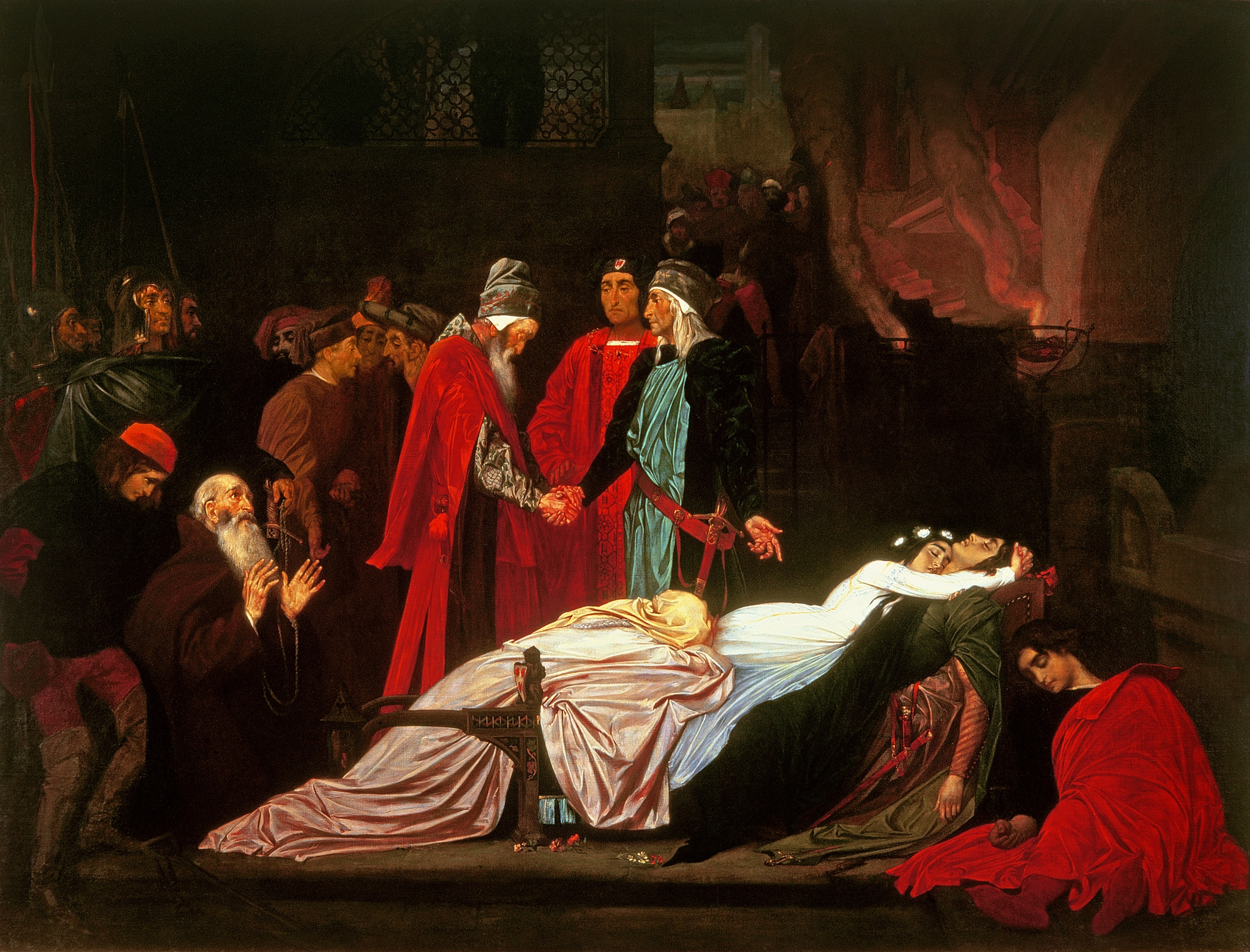
It is evident from Shakespeare’s plays that protags and antags play an influential role in defining a person’s identity, despite his mundane endings. It is more than just basketball, singing, and striving to be unconventional in High School Musical. Specifically, it describes how teens react when confronted with situations such as those in HSM. It is quite meta in the sense that it provides an examination of our teenage self during the period of 2006-2008. In a postmodern sense, High School Musical is a Shakespearean adaptation that is not Shakespearean at all. Isn’t it wonderful?
